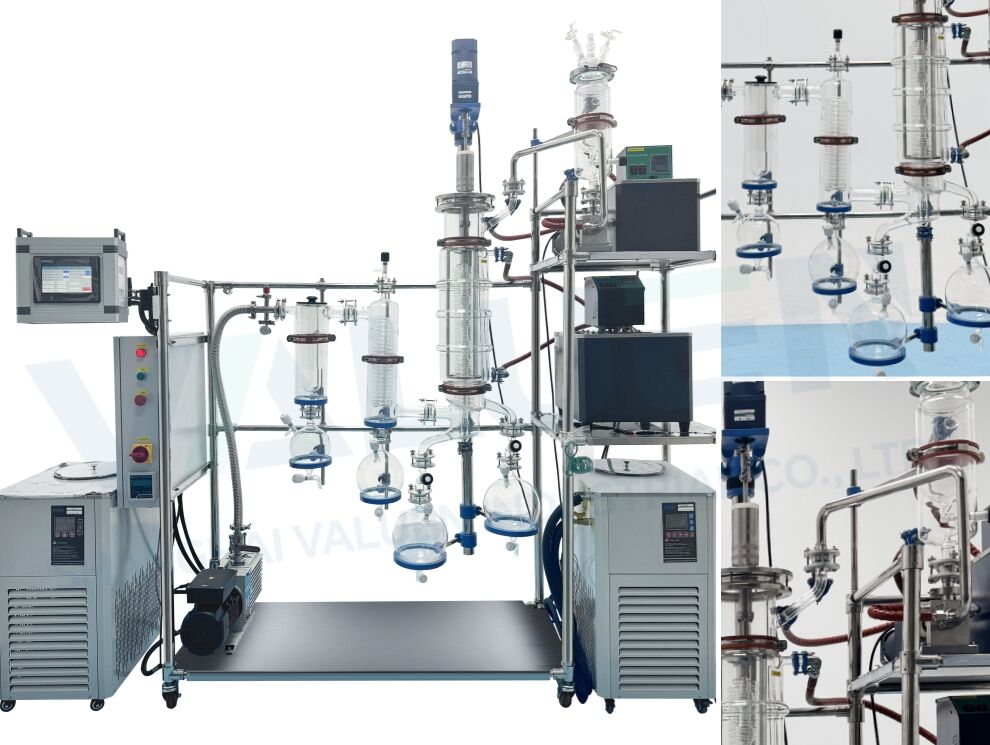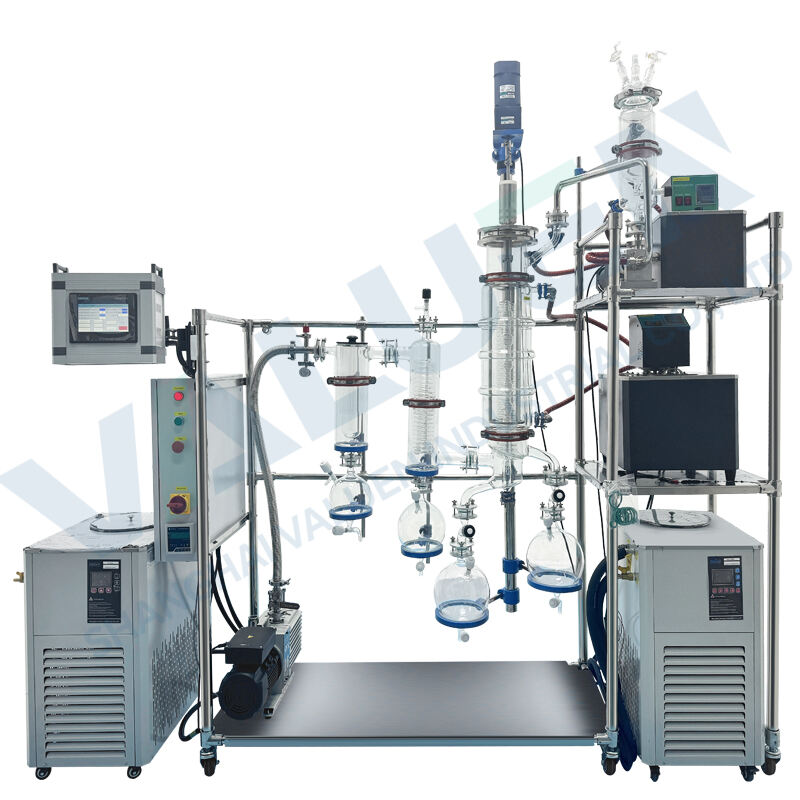Essential Factors for Selecting Industrial Distillation Equipment
The process of purchasing a glass molecular distillation system requires careful consideration and thorough evaluation of multiple factors. These sophisticated pieces of equipment represent significant investments for laboratories and manufacturing facilities, making it crucial to understand the key aspects that influence their performance and reliability. Modern glass molecular distillation systems offer unprecedented levels of separation efficiency and precise control over the distillation process, but choosing the right one demands expert knowledge and attention to detail.
Technical Specifications and Performance Parameters
Processing Capacity and Throughput Rates
When evaluating a glass molecular distillation system, processing capacity stands as one of the most critical specifications to consider. The system's throughput rate directly impacts production efficiency and overall operational costs. Industrial-scale operations typically require systems capable of processing several liters per hour, while research laboratories might need smaller, more precise units. The ideal capacity should align with your current needs while allowing room for potential scaling of operations.
Temperature Control and Vacuum Capabilities
The effectiveness of a glass molecular distillation system heavily depends on its temperature control precision and vacuum capabilities. Modern systems should offer temperature ranges suitable for your specific applications, typically between 30°C to 250°C with accuracy within ±1°C. Vacuum systems should maintain pressures as low as 0.001 mbar to ensure efficient separation of heat-sensitive compounds.
Material Quality and Construction Standards
The construction quality of a glass molecular distillation system significantly influences its longevity and performance. High-quality borosilicate glass components ensure excellent chemical resistance and thermal stability. Look for systems featuring standardized glass joints and connections, preferably with GL14 or GL25 specifications, which facilitate maintenance and parts replacement when necessary.

Design Features and System Integration
Automation and Control Systems
Modern glass molecular distillation systems should incorporate advanced automation features for precise process control. Look for systems with programmable logic controllers (PLCs) that enable automated operation sequences, data logging capabilities, and remote monitoring options. These features not only improve operational efficiency but also ensure consistent product quality across multiple batches.
Safety Features and Fail-Safe Mechanisms
Safety considerations are paramount when selecting a glass molecular distillation system. Essential safety features include emergency shutdown systems, pressure relief valves, and temperature limitation controls. Advanced systems often incorporate automated safety protocols that prevent operation under unsafe conditions and protect both equipment and operators.
Maintenance and Support Services
Cleaning and Maintenance Requirements
Regular maintenance ensures optimal performance of your glass molecular distillation system. Consider systems designed with easily accessible components that facilitate routine cleaning and maintenance procedures. Look for suppliers who provide detailed maintenance guidelines and cleaning protocols specific to your application requirements.
Technical Support and Warranty Coverage
Comprehensive technical support and warranty coverage are crucial aspects of any glass molecular distillation system purchase. Evaluate the manufacturer's support infrastructure, including availability of technical expertise, spare parts supply, and response times for service requests. A robust warranty program should cover both materials and workmanship defects, with clear terms regarding coverage duration and scope.
Cost Considerations and Return on Investment
Initial Investment and Operating Costs
While the initial purchase price of a glass molecular distillation system is significant, it's essential to consider the total cost of ownership. This includes installation costs, utility requirements, maintenance expenses, and potential upgrades. Calculate the expected return on investment based on improved product quality, increased productivity, and reduced operating costs compared to alternative separation methods.
Energy Efficiency and Resource Optimization
Modern glass molecular distillation systems should incorporate energy-efficient design features that minimize operational costs. Look for systems with effective heat recovery systems, optimal insulation, and smart control algorithms that maximize energy efficiency while maintaining desired separation performance.
Frequently Asked Questions
What is the typical lifespan of a glass molecular distillation system?
A well-maintained glass molecular distillation system typically lasts 10-15 years, though individual components may require replacement or refurbishment during this period. Regular maintenance and proper operating procedures significantly influence equipment longevity.
How often should calibration be performed on a glass molecular distillation system?
Calibration frequency depends on usage intensity and application requirements, but generally, major calibration should be performed annually. Critical parameters like temperature sensors and vacuum gauges may require more frequent calibration, typically every 3-6 months.
What are the power requirements for a standard glass molecular distillation system?
Standard laboratory-scale systems typically require 220-240V AC power supply with 15-20 amp capacity. Larger industrial systems may need three-phase power supply and additional utilities such as compressed air and cooling water.

